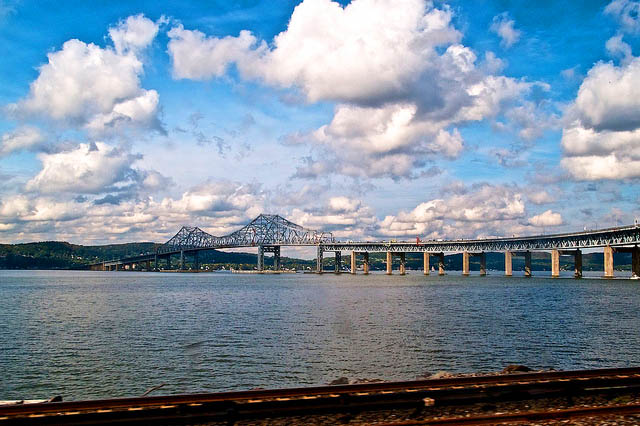On the campaign trail, Donald Trump promised to spend twice as much on infrastructure as whatever Hillary Clinton was proposing, which at the time was $275 billion. Doubling down again in a speech after winning the election, Trump now proposes to spend a trillion dollars on infrastructure over the next ten years.
President Obama had proposed to fix infrastructure with an infrastructure bank, though just where the bank would get its money was never clear (actually, it was perfectly clear: the taxpayers). Trump’s alternative plan is for the private sector, not taxpayers, to spend the money, and to encourage them he proposes to offer tax credits for infrastructure projects. He says this would be “revenue neutral” because the taxes paid by people working on the infrastructure would offset the tax breaks. In short, Trump is proposing tax credits in lieu of an infrastructure bank as a form of economic stimulus.
America’s infrastructure needs are not nearly as serious as Trump thinks. Throwing a trillion dollars at infrastructure, no matter how it is funded, guarantees that a lot will be spent on unnecessary things. As Harvard economist Edward Glaeser recently pointed out in an article that should be required reading for Trump’s transition team, just calling something “infrastructure” doesn’t mean it is worth doing or that it will stimulate economic growth.








